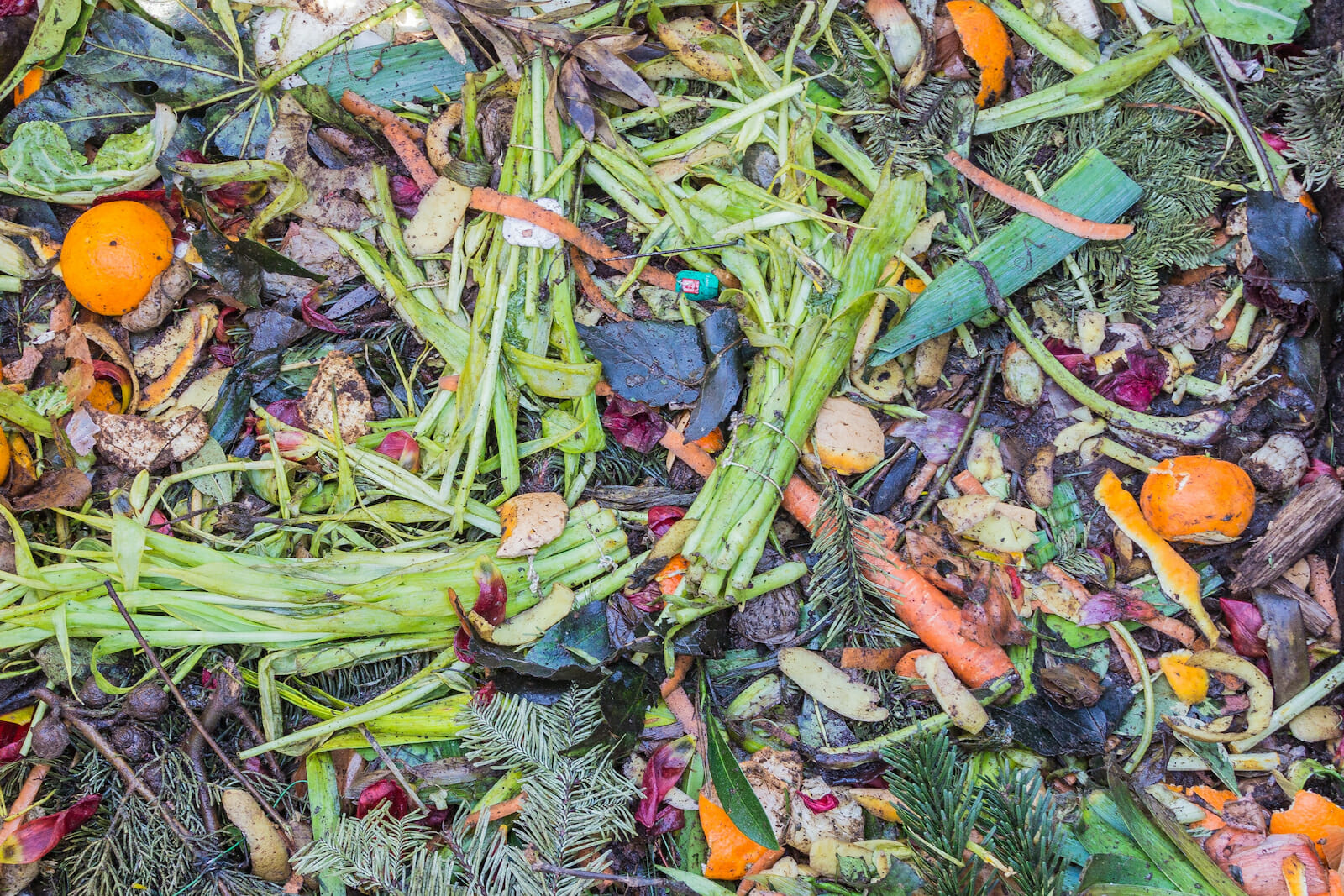
Science
Reducing Food Waste in 2020: What to Know
America has a severe food waste problem, but businesses and government agencies alike are trying to fix it.
One wouldn’t have to look too far to come across an instance of this waste. From unused but expired ingredients filling trash cans to restaurant customers dumping leftovers, food is piling up in landfills. While there’s enough food in the country to feed everyone, people are still going hungry, and waste is partially to blame.
This issue is pressing, but it’s not unsolvable. With growing concerns about sustainability, more companies are beginning to view the matter seriously and are taking steps to correct it.
The food waste epidemic
Across the globe, about a third of the food produced — more than a billion tons — goes to waste. This loss is detrimental to both people going hungry and the environment, considering all of the manufacturing and shipping emissions from products that go uneaten.
U.S. food waste statistics echo the global numbers. Americans waste roughly 40% of the food produced in the nation. With 41 million Americans facing food insecurity, it’s not a stretch to say that this problem is a crisis.
As monumental as this issue may be, it’s still fixable. Many people are working at this very moment to decrease the amount of food waste in America. From repairing problems in the supply chain to changing how businesses recycle what would be waste, people across the nation are fighting this loss.
Improvements in the supply chain
Food waste doesn’t just occur when people scrape their leftovers into a trashcan. Errors early on in the supply chain, like misplacing packages or poor storage techniques, all contribute to the problem. By optimizing warehouse and shipping operations, companies can significantly reduce the amount of refuse they generate.
Reducing supply chain waste can be as simple as using more efficient storage systems to improve organization. A better-organized warehouse makes it harder to misplace or lose packages.
Some companies, like Zest Labs, focus on using technology to reduce waste in the supply chain. By developing sensors that track produce quality, they can see where and why the company generates waste and take steps to address it.
Preventing food waste
Many companies are starting initiatives to reduce their food waste by avoiding situations where it arises. For example, Marriott hotels are taking steps like not refilling buffet trays as frequently and using more sustainable practices in preparing meals. Overall, the hotel chain hopes to decrease its food waste by 50% by 2025.
Restaurants and hotels can significantly cut down food waste by not producing a surplus in the first place. Instead of preparing for any sized crowd and making as much food as they can, establishments can observe how many customers they have and only make what they need. This process may lead to slower service, but decreasing refuse is worth a small inconvenience.
Recycling food waste
Sometimes, waste is inevitable, but there are still ways businesses can cut back on refuse after they create it. Some companies donate their leftovers to farmers so that they can use it as animal feed, which both reduces waste and saves money. A growing number of businesses and individuals are also choosing to compost their food waste instead of throwing it away.
Some technologies, such as dehydrators and digesters, are becoming popular methods to manage waste. These systems process food in different ways to reduce the volume that ends up in a landfill. They can also decrease the environmental impact by speeding up decomposition.
Political action in 2020 and beyond
Governing bodies at both state and federal levels are also helping to reduce food waste in 2020 and the coming years. Some states are now offering tax incentives for food donations. Five states have passed organic waste bans, which penalize large amounts of food waste, encouraging companies to look into more sustainable techniques.
The U.S. Food Loss and Waste 2030 Champions program partners with corporations to help them half their food waste by 2030. Similarly, the EPA’s Food Recovery Challenge offers support to people and businesses to help them measure their waste and the effectiveness of their waste prevention methods.
Food waste is a critical issue, but individuals, companies, and government bodies are all making great strides in reducing it. With advances in technology and growing public pressure, 2020 may see a noteworthy decrease in food loss and waste.

